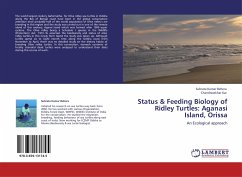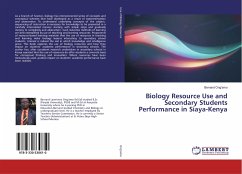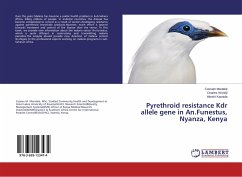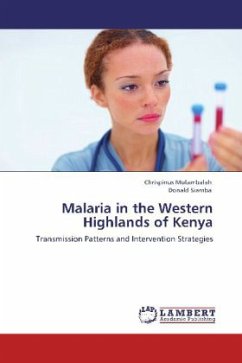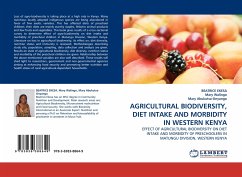
Proconsul heseloni feet from Rusinga Island, Kenya
Preservation, anatomy, ontogeny, and cross-sectional geometry of the metatarsals
Versandkostenfrei!
Versandfertig in 6-10 Tagen
52,99 €
inkl. MwSt.

PAYBACK Punkte
26 °P sammeln!
In the mid 1980s, teams from Johns Hopkins Universityand the National Museums of Kenya colleted a minimumof ten Proconsul heseloni individuals from theKaswanga Primate Site (KPS), Rusinga Island, Kenyadating to the early Miocene. Five of them have nearlycomplete right and/or left feet. Because the KPSindividuals died at different stages of development,their foot and hindlimb proportions through ontogenyare investigated. Dissimilarities to macaques andsimilarities to apes in growth patterns suggestProconsul was not born with large feet like macaquesand other non-hominoid primates. The Proconsul...
In the mid 1980s, teams from Johns Hopkins University
and the National Museums of Kenya colleted a minimum
of ten Proconsul heseloni individuals from the
Kaswanga Primate Site (KPS), Rusinga Island, Kenya
dating to the early Miocene. Five of them have nearly
complete right and/or left feet. Because the KPS
individuals died at different stages of development,
their foot and hindlimb proportions through ontogeny
are investigated. Dissimilarities to macaques and
similarities to apes in growth patterns suggest
Proconsul was not born with large feet like macaques
and other non-hominoid primates. The Proconsul
metatarsals were scanned with high-resolution microCT
and in overall strength properties they resemble
Macaca more than Pan. However, the first metatarsal
of Proconsul showed greater resistance to bending and
torsional forces for its length than Macaca, which is
more like Pan. Overall results support previous
interpretations on partial and incomplete Proconsul
pedal fossils, and on other parts of the postcranial
skeleton, that Proconsul was a generalized arboreal
quadruped that grasped tree branches with a long,
strong hallux.
and the National Museums of Kenya colleted a minimum
of ten Proconsul heseloni individuals from the
Kaswanga Primate Site (KPS), Rusinga Island, Kenya
dating to the early Miocene. Five of them have nearly
complete right and/or left feet. Because the KPS
individuals died at different stages of development,
their foot and hindlimb proportions through ontogeny
are investigated. Dissimilarities to macaques and
similarities to apes in growth patterns suggest
Proconsul was not born with large feet like macaques
and other non-hominoid primates. The Proconsul
metatarsals were scanned with high-resolution microCT
and in overall strength properties they resemble
Macaca more than Pan. However, the first metatarsal
of Proconsul showed greater resistance to bending and
torsional forces for its length than Macaca, which is
more like Pan. Overall results support previous
interpretations on partial and incomplete Proconsul
pedal fossils, and on other parts of the postcranial
skeleton, that Proconsul was a generalized arboreal
quadruped that grasped tree branches with a long,
strong hallux.





